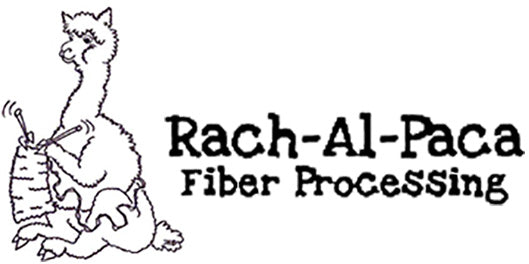Frequently Asked Questions
How long does it take?
Please send in the reservation form to get on our calendar. We prefer you reserve a spot, then we will ask you to send in your fiber 6 weeks to a month before. If you prefer to just send it in & wait for the next open slot, please see the “Reserve Your Spot” page for our current turnaround.
What size yarn should I order?
The size of yarn you order depends on your end-use. If you have a specific project in mind then your pattern will provide that information.
If you will be selling the yarn, we recommend a 3-ply sport-weight yarn, as it is the most versatile. Worsted weight is very popular for making hats & scarves. Less people are looking for lace weight.
Suri alpaca is very dense, and we recommend no heavier than sport unless you blend in wool.
We do not recommend a very bulky alpaca yarn, as alpaca does not have “memory”, and knitted stitches will stretch under their own weight when used for larger projects like sweaters. Sport weight or fingering weight is a better choice for sweaters.
If you wish to learn more about standard yarn sizes, please visit http://www.craftyarncouncil.com/weight.html for standard thicknesses and terms.
Why is 100% Suri more expensive to process?
Suri fiber requires special handling because of its lack of crimp and its smooth scale structure. It takes extra time to wash, card and draft. Spinning is slowed down by the additional twist needed to hold the Suri fiber together.
Why blend different fibers?
Blending opens up possibilities not otherwise practical or possible. Short fiber can be blended into longer fiber to add a halo, like many angora/wool blends, or to get a usable yarn from a fleece otherwise too short to spin. Wool added to alpaca or mohair adds memory and bounce, as well as reducing the density of the yarn, ‘stretching’ the more precious fiber. Bamboo, Tencel, and nylon are often added to a sock blend to add durability and shine. Firestar adds glitz, while the silk adds shine.
Dyed fibers can be added to make an ordinary color extraordinary! Fuscia or bright green blended into brown create rich results, any color blended into gray yields a nice heathered hue, and fawn is always fun to blend.
We also blend for streaks of color, ply different colors for striped yarn, and add in a metallic thread for something different. Just ask!
I want to wash my fiber before sending it. How do I do it?
If you don’t know, chances are you won’t get it clean enough the first time. The best way to learn is to have an experienced person show you, but one is not always available. There are many places on the internet that offer instructions & advice. We recommend starting with Youtube.com and then googling any specific questions you may have.
Almost all pre-washed alpaca we get is still dirty, and most wool is still greasy. We cannot have dirt or grease in the fiber or it will shred in carding!
To test your fiber, take a handful of your washed fiber, run some hot water over it, work the water thru the fiber thoroughly, and squeeze it out over a white surface. Colored water means dirt. Checking for grease is easier. Just play with the wool, pulling it apart, then look at your hands. If they are shiny or feel greasy, the wool is greasy. Please be aware the grease often ‘comes back’ on merino and cormo, so if it feels greasy at all, we will rewash it.
Perhaps the best reason for pre-washing wool and mohair is simply to reduce the incoming weight. While alpaca generally loses 15% in washing, wool & mohair can run as high as 40%. Getting a lot of that grease out before sending it in will substantially lower your shipping cost!
Alpaca benefits more from a good shaking than pre-washing. A lot of the dirt will fall out with vigorous skirting & reduce your incoming weight.
